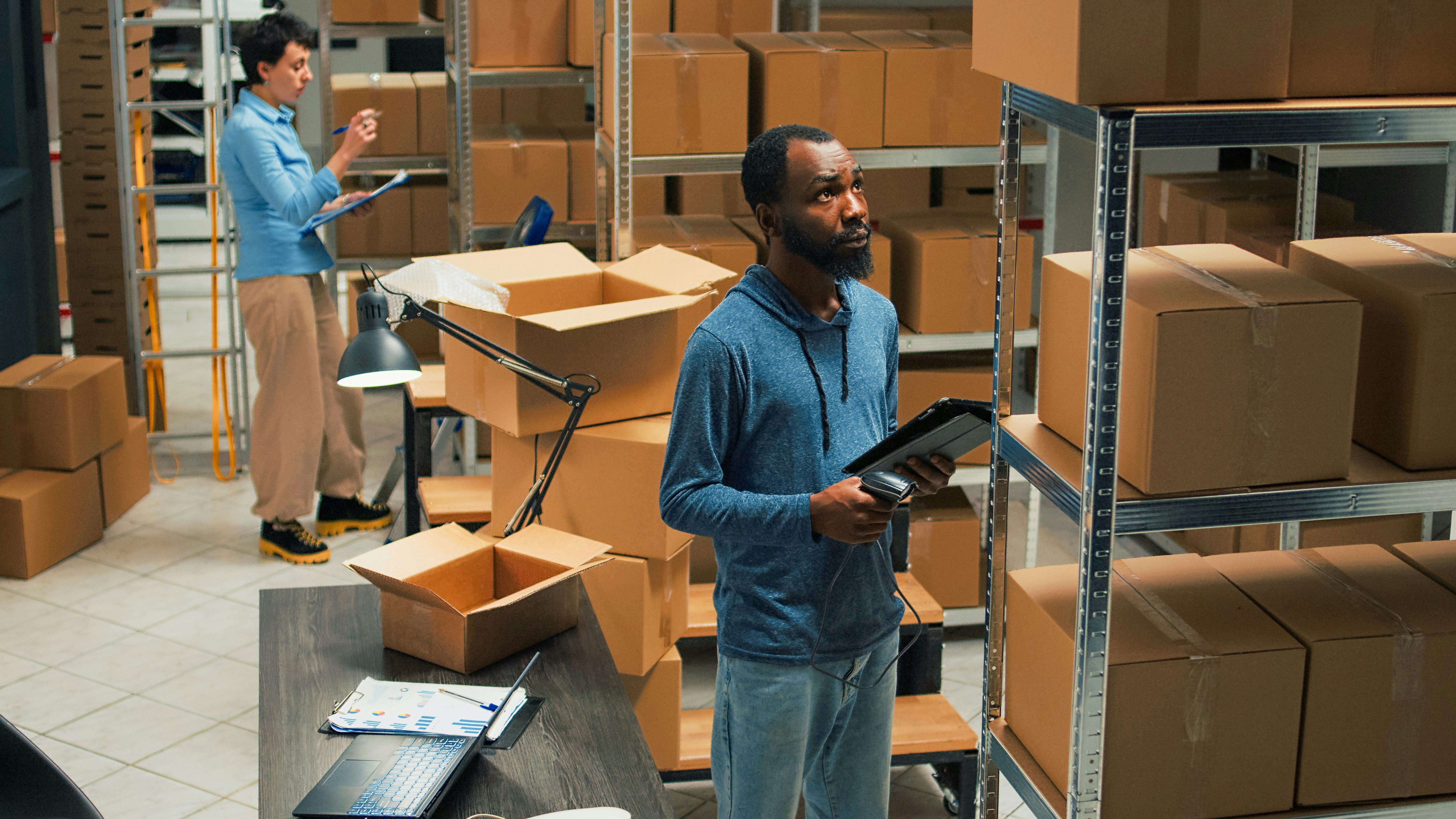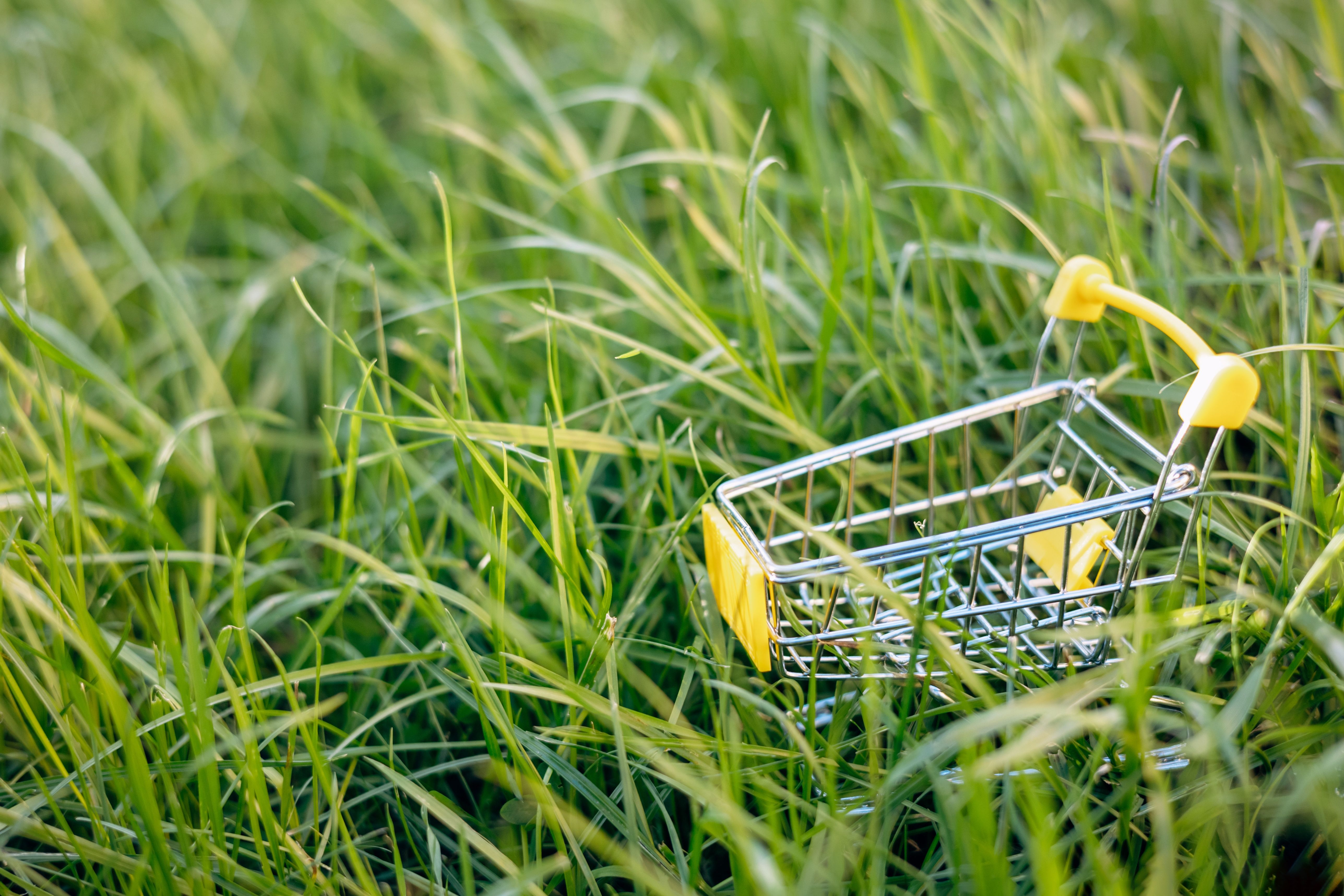Reducing Retail Waste A Practical Guide for Greener Operations
)
How much waste is too much waste? If you're working in furniture, homeware or gifting, you've asked yourself that question more than once. Waste doesn’t just take up space in the back room, it eats into margins, dulls creativity, and increasingly, puts your brand at odds with what customers expect.
And those expectations are shifting fast.
Retailers across the UK generate approximately 1.1 million tonnes of waste annually. Of that, over 800,000 tonnes is plastic. When you add in cardboard, unsold stock, food waste and packaging, the scale is hard to ignore. However, here's the good news: there's enormous potential to do better, cut waste, save money, and build stronger customer trust in the process.
Here’s how to start making a tangible difference.
 Smarter Inventory Management
Smarter Inventory Management
Overordering may seem like a safety net, but it often results in piles of unsold stock and unnecessary markdowns. There’s a more innovative way.
-
Track in real time: Implement inventory systems that show you what’s selling and what’s sitting still. Spot trends early, adapt fast.
-
Forecast demand: Use your data. Past sales, seasonality, even local events – all of it helps predict what customers want.
-
First-in, first-out: A simple principle, but easily overlooked. Especially relevant for trend-led or perishable goods.
-
Talk to your suppliers: Could you move to a just-in-time model? Or adjust order volumes based on live sales data?
Packaging with Purpose
Retailers account for around 30% of the UK’s packaging waste, equivalent to approximately 5 million tonnes per year. That’s not just a number – it’s an opportunity.
-
Review and reduce: Audit your current packaging setup. Where are the excesses? What’s truly necessary?
-
Design for reuse and recyclability: Opt for biodegradable, recyclable or reusable options. Go for minimal, not just beautiful.
-
Partner wisely: Collaborate with packaging suppliers who understand your sustainability goals and can help you source greener alternatives on a larger scale.
Displays That Do More Than Sell
Visual merchandising is one of retail’s great storytellers – but it doesn’t have to start from scratch every season.
-
Upcycle creatively: Could those pallets become rustic plinths? Could those jars be storage or part of a new display?
-
Seasonal Switch-Ups: Repaint, Rebrand, Reimagine. A lick of paint is cheaper (and greener) than new materials.
-
Get your community involved: Run in-store upcycling events. Not only does it give materials new life, but it turns sustainability into a shared story.
 Handling Unsold Inventory Responsibly
Handling Unsold Inventory Responsibly
Not every item will sell quickly, but that doesn’t mean it’s destined for the landfill.
-
Bundle or discount: Move stock creatively. Pair it with bestsellers, build seasonal sets, or offer a deeper discount to shift it fast.
-
Donate what you can: Only 7% of surplus food in retail is redistributed, yet the equivalent of 190 million meals are wasted annually. Partnering with charities can redirect stock and boost your brand’s social impact.
-
Recycle where possible: Whether it's furniture offcuts, soft furnishings or ceramics, there are businesses ready to repurpose materials that still have value.
Get Serious About Recycling and Audits
You can’t manage what you don’t measure.
-
Audit your waste streams: What’s being binned that could be recycled or reused? Are your recycling bins properly labelled and placed?
-
Join local schemes: These not only support responsible disposal but can also unlock reputational and financial benefits.
-
Educate your team: A brief training session on waste segregation can make a significant difference. Make everyone part of the process.
 So, Why Go Green?
So, Why Go Green?
Because it’s better for the planet and better for business, greener operations often lead to lower overheads, more efficient processes, and stronger customer loyalty. With 70% of UK shoppers believing that retailers should prioritise food waste reduction, and 44% more likely to buy discounted items to avoid waste, the shift in consumer behaviour is apparent.
Sustainability doesn’t need to be perfect or overwhelming. It just needs to start somewhere. Whether it’s tweaking your packaging, giving your displays a second life or making your stock work harder, every action counts.
And when it’s done with intention, sustainability becomes more than a buzzword. It becomes an integral part of how you trade, how you connect with customers, and how you build a retail business that lasts.
Sources for Statistics
Business Waste, “Retail Waste Statistics” (2025)
Waste Managed, “Retail Waste Guide 2025” (2025)
DS Smith, “Material Change Index” (2024)
